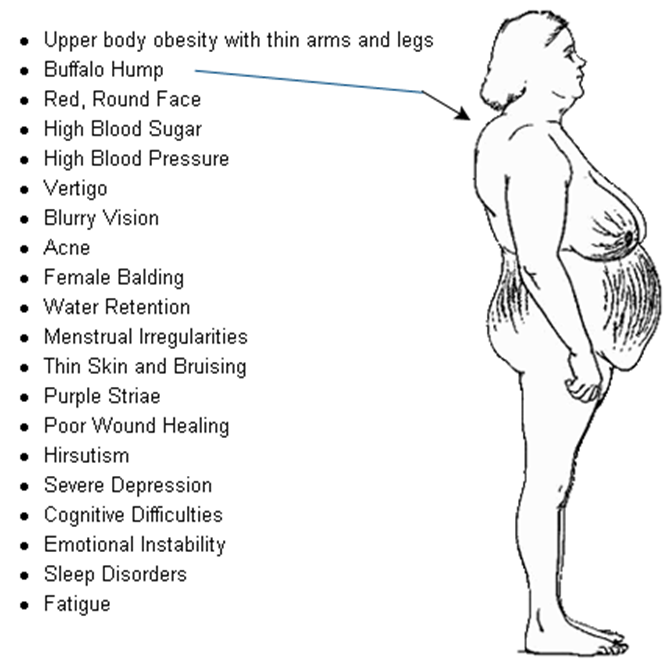A nurse is reviewing the medication list for a client who has a new diagnosis of type 2 diabetes mellitus. The nurse should recognize which of the following medications can cause glucose intolerance?
Atorvastatin
Prednisone
Ranitidine
Guaifenesin
The Correct Answer is B
A. Atorvastatin: Atorvastatin is a statin medication used to lower cholesterol levels. It is not known to cause glucose intolerance.
B. Prednisone: Prednisone is a corticosteroid and can cause glucose intolerance by increasing blood glucose levels. Corticosteroids can lead to insulin resistance, impaired glucose utilization, and increased gluconeogenesis.
C. Ranitidine: Ranitidine is an H2 receptor antagonist used to reduce stomach acid production. It is not known to cause glucose intolerance.
D. Guaifenesin: Guaifenesin is an expectorant used to help loosen mucus in the airways. It is not known to cause glucose intolerance.

Nursing Test Bank
Naxlex Comprehensive Predictor Exams
Related Questions
Correct Answer is C
Explanation
A. Insulin glargine does not have a duration of 3 to 6 hours. This duration of action is much shorter than the actual duration of insulin glargine.
B. Insulin glargine does not have a duration of 14 to 22 hours. This duration is shorter than the typical duration of action for insulin glargine.
C. Insulin glargine, a long-acting insulin, has a duration of action that lasts approximately 24 to 36 hours. It provides a slow and steady release of insulin, offering a relatively consistent blood sugar-lowering effect over an extended period.
D. Insulin glargine does not have a duration of 6 to 10 hours. This duration is shorter than the actual duration of action for insulin glargine.

Correct Answer is C
Explanation
A. The charge nurse should follow the staff closely and tell them every single thing they could possibly be doing wrong:
Micromanaging and focusing solely on the negatives can create a stressful and demoralizing work environment. This approach is less likely to motivate and inspire staff.
B. Make the staff aware that all errors will be severely punished:
A punitive approach to errors can create a culture of fear and may not foster a supportive environment for learning and improvement. It can lead to decreased morale and job satisfaction.
C. Acknowledge staff accomplishments when warranted and provide positive feedback:
This is the most effective approach. Recognizing and acknowledging staff achievements, providing positive feedback, and celebrating successes contribute to a positive work environment. It motivates staff to continue their efforts and fosters a culture of teamwork and collaboration.
D. Provide negative feedback with all errors:
While constructive feedback is essential for learning and improvement, a balance between constructive criticism and positive reinforcement is crucial. Constant negative feedback without recognition of positive efforts can lead to decreased morale.
Whether you are a student looking to ace your exams or a practicing nurse seeking to enhance your expertise , our nursing education contents will empower you with the confidence and competence to make a difference in the lives of patients and become a respected leader in the healthcare field.
Visit Naxlex, invest in your future and unlock endless possibilities with our unparalleled nursing education contents today
Report Wrong Answer on the Current Question
Do you disagree with the answer? If yes, what is your expected answer? Explain.
Kindly be descriptive with the issue you are facing.
